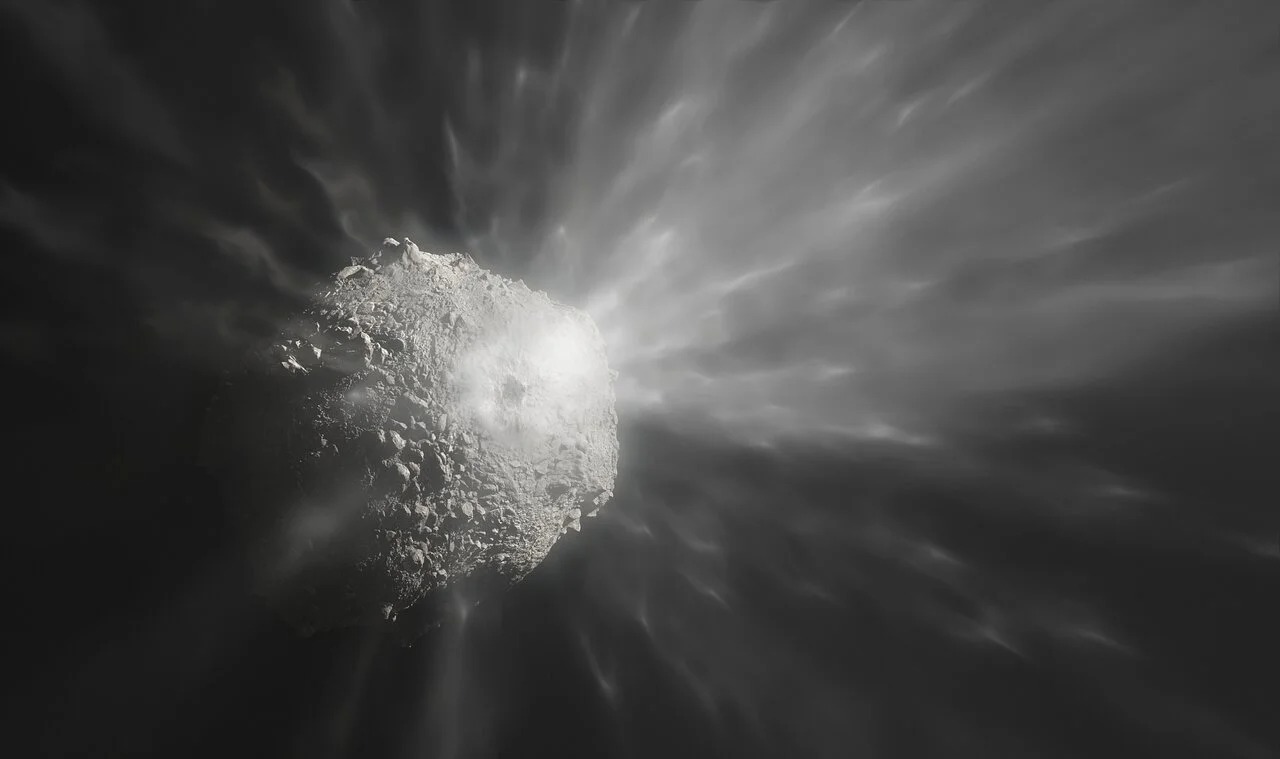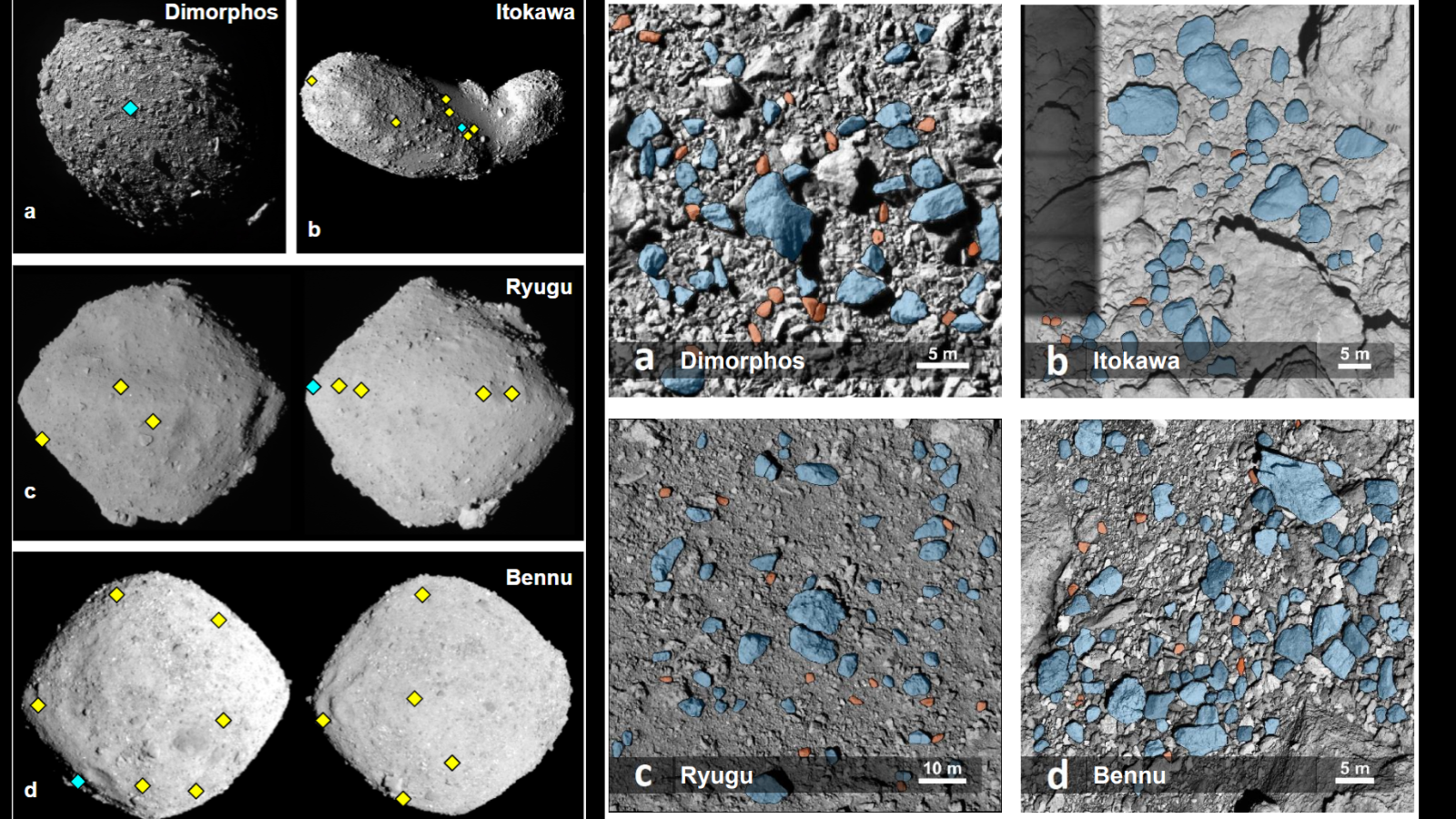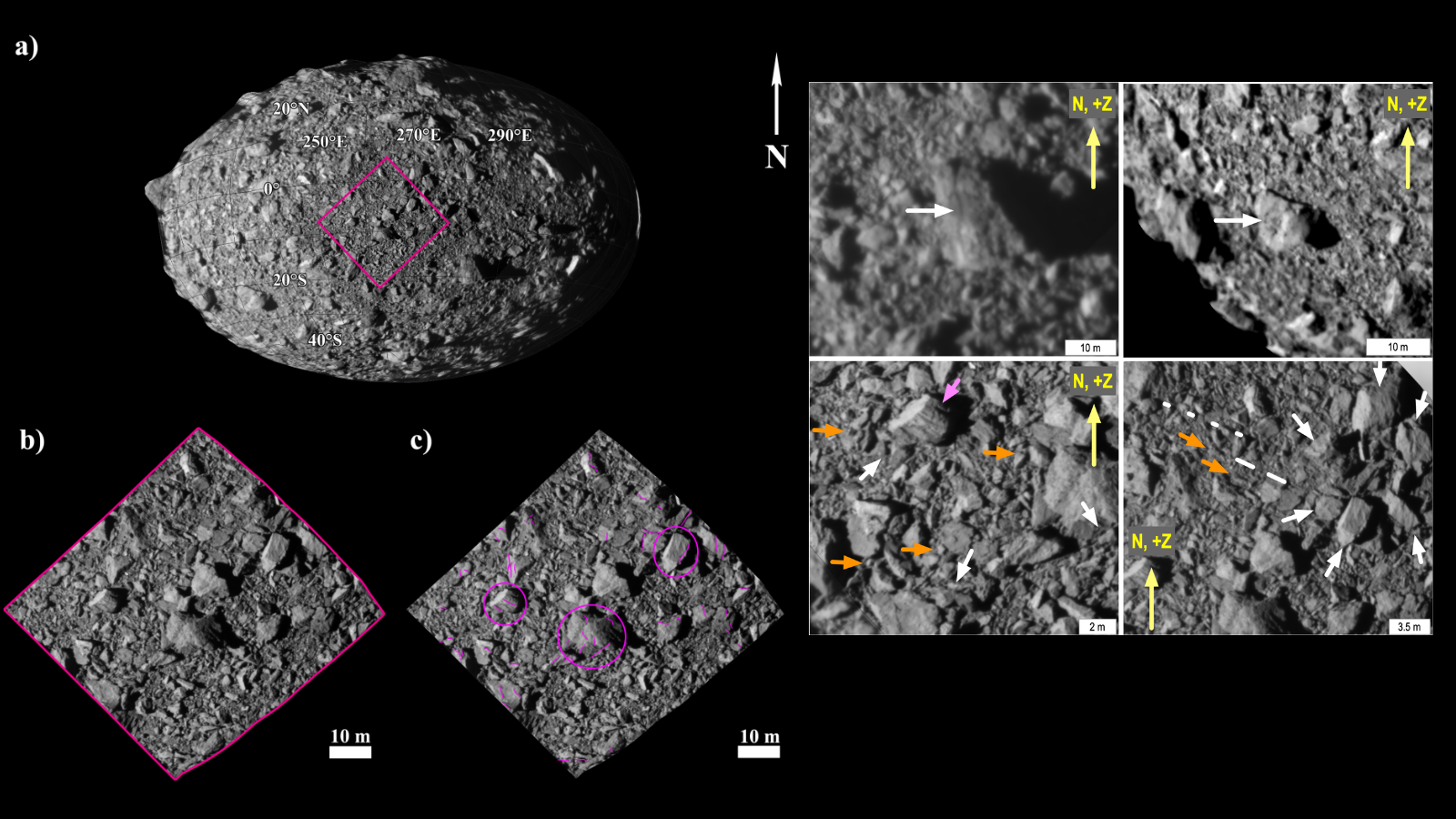New data from NASA’s DART mission suggests that the asteroid Dimorphos formed from material ejected from the parent Didymos about 300,000 years ago. The DART mission, which stands for Double Asteroid Redirection Test, investigated collisions with Dimorphos, which orbits Didymos, for their consequences. The goal was to determine the impact of such a collision on both bodies to better plan planetary defense against asteroids. The research was published in the journal Nature.

DART took images of both asteroids before the impact on September 26, 2022. Using these images and data from the LICIACube mission, scientists were able to study the geologic features of Didymos and Dimorphos. A team led by Olivier Barnouin of Johns Hopkins University found that Didymos’ surface at high altitudes has large boulders and craters, while at low altitudes the surface is smoother. Dimorphos, in turn, is covered with rocks of varying sizes and has several cracks. All data indicate that Dimorphos was formed from material ejected from Didymos. Thus the age of Didymos is estimated at 12.5 million years, and Dimorphos at 0.3 million years.

Another group of researchers led by Maurizio Pajola from INAF found that the boulders on the surface of Dimorphos formed at different times, supporting the theory that moons of double asteroid systems originated from material ejected by their larger companions.

Naomi Murdoch’s team at the University of Toulouse examined boulder traces on Didymos’ surface and found that its surface consisted of a very loose material, similar in consistency to a pool of plastic balls. Alice Lucchetti of the INAF Astronomical Observatory in Padova found that boulders on Didymos collapsed due to thermal fatigue in about 100,000 years, a short period on the geologic scale.
The findings will help prepare for the European Space Agency’s Hera mission, which will launch in October 2024 and arrive at Didymos and Dimorphos in September 2026. The mission will collect high-resolution data to study the system in more detail after the DART collision.
We previously reported on how the catastrophic impact of DART’s collision with an asteroid was spotted from Earth.
According to Space


